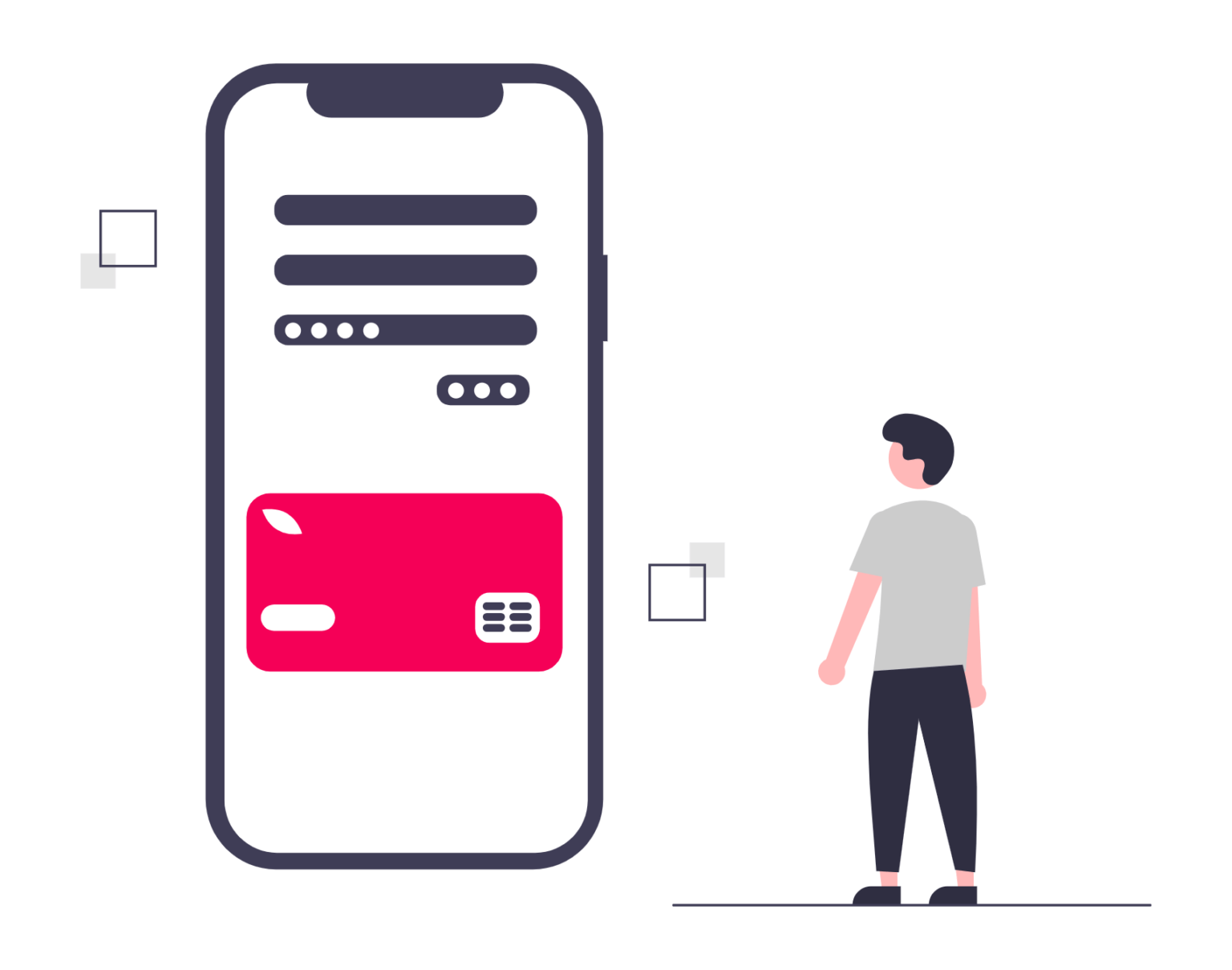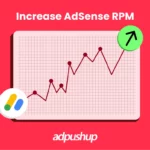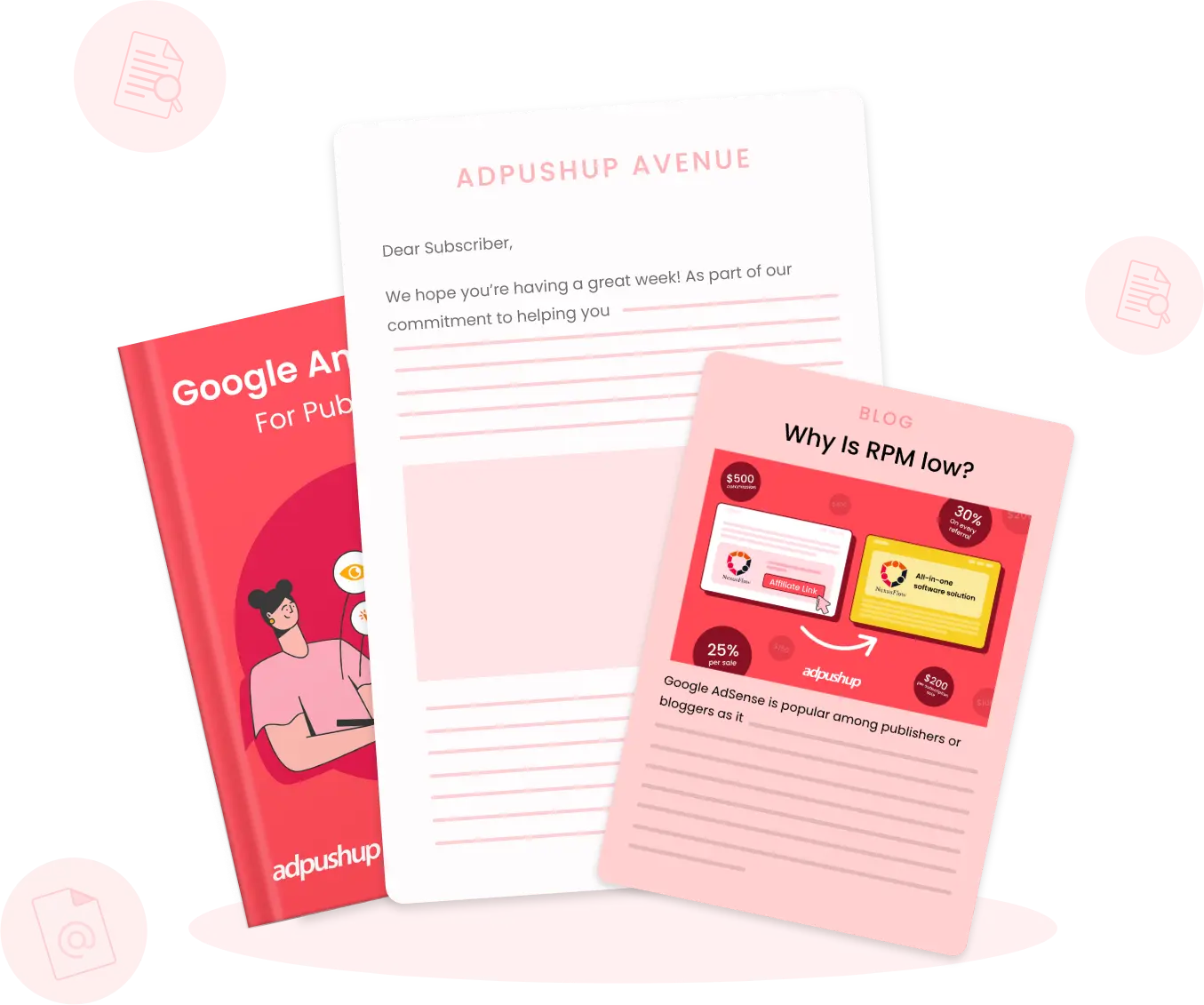Realize the true potential of your mobile apps through the best app monetization trends. Understand what’s beyond conventional app monetization techniques. In this article, we have shared some amazing app monetization trends for 2025.
As per BankMyCell, there are over 5 million apps available to be downloaded on Google Play and the Apple App Store. Mobile ad spending covers 66.4% of total ad spending (AppLovin). With billions of mobiles being used every day, app developers or publishers should understand the upcoming app monetization trends to make sure that the app continues to grow and generate revenue. To help app publishers make the most out of 2025, we have compiled 8 ongoing trends that are worth trying. Let’s have a look.
Top 8 Mobile App Monetization Trends in 2025
App monetization trends change as new technologies and user habits emerge. App monetization, as the name suggests, is all about generating revenue from the app to create a long-term, sustainable ecosystem for the application. It is necessary to keep track of the user behaviour, market demands, and new technology to stay on top of the upcoming trends and changes. Now let’s understand what the top app monetisation trends are for 2025.
Advanced in-app ad formats focus on innovation and personalization, ensuring better user engagement and ad performance while staying ahead of the competition.
1. Advanced In-App Advertising Formats
In-app advertising is becoming more sophisticated and user-friendly. App publishers should prioritize a personalized user experience to optimize ad revenue. Publishers can use advanced in-app ad formats to engage users without adding any ad fatigue to their browsing journey.
App publishers are shifting to more innovative ad formats. Thus, it is recommended to experiment with different ad formats.
For example, if you’ve been relying on standard rewarded ads, consider switching to interstitial rewarded ads for better engagement.
Still using traditional banner ads? Try upgrading to Adaptive banners, which dynamically adjust to different screen sizes for improved performance.
Other such ad formats include interactive media ads, in-stream video ads, etc.
Hence, AdPushup supports these advanced ad formats as part of its monetization toolkit.
Our mobile SDK brings additional performance enhancements to these formats.
For Example:
Adpushup’s VAST Tags offer integration for OTT video ads and rewarded video ads, especially for the gaming niche. These ads are scalable across all devices and geolocations to ensure wider reach and ad compatibility. Moreover, features like AP Auto Refresh and Smart Ads enable publishers to implement these advanced ad formats easily and optimize ad revenue.
Secondly, In-app purchases are a vital app monetization trend, offering publishers diverse options to enhance user experience while driving substantial revenue growth.
2. In-app Purchases for Regular Users
In-app purchases will still make it to the trend. The Business Research Company has projected that in-app purchases will be valued at $257.23 billion by the end of 2025. This exponential growth is clearly driven by smartphone gaming penetration and augmented reality integration in the market.
In-app purchases are simply additional features, content, gadgets, or any service that you can buy within the application. Therefore, these purchases are distinct from the app price. Through the IAP, users end up making purchases like in-game items, subscriptions, or exclusive features. In-app purchases come in different types, i.e consumable (power-ups), non-consumable (bonus characters), subscriptions (access premium content), etc.
Hybrid app monetization is a smarter way of earning revenue. This trend allows app publishers to balance profitability with user satisfaction by blending multiple monetization methods.
3. Hybrid App Monetization Strategies
As fancy as it sounds, hybrid app monetization strategies refer to combining multiple revenue streams, for instance, combining in-app purchases and in-app advertising. By doing this, app publishers enrich user experience and maximize revenue. Win-win!
However, Other hybrid models might include Subscription + In-app purchases, gaming and subscriptions.
For example, the publisher has a learning app, which offers basic lessons for free to attract customers and then pitches premium subscriptions for advanced courses. Furthermore, the publisher can incorporate in-app purchases for study aids like flashcards.
Speaking of monetization strategies, we can’t go ahead without mentioning the freemium subscription model, which will make it the trend for years to come.
4. Freemium Subscription Model
Part of the subscription model, the freemium subscription model offers users a free experience with a willingness to opt for premium features, content, or anything exclusive through in-app purchases. This app monetization trend attracts audiences without any heavy marketing expense, allows users to explore the app, and generates revenue from users’ willingness to pay.
Spotify is the perfect example of the freemium subscription model. Designed as an alternative to iTunes’ pay-per-song model, it allows users to access ad-free music through its premium model, otherwise, users have to listen to music in exchange for an ad. Spotify has recorded a 46% upgrade rate so far, surpassing the average conversion rates of freemium models, that is 11.8% to 15.5%.
Interstitial ads have the ability to overcome user disinterest and drive high engagement rates, making them a popular trend among app publishers and advertisers.
5. Interstitial ads for better eCPM
This format appears on full screen during the transition points in the user journey, such as between game levels or during the app navigation. Unlike banner ads, interstitial ads are persistent and drive attention by covering the entire screen of the mobile. This often results in boosting engagement, ad viewability and countering the common problem of banner blindness and user disinterest.
According to Statista, Android In-app interstitial ads have recorded an eCPM of $10.45 in the U.S. This is possible because of three reasons:
- First, Interstitial ads are clearly hard to ignore, making them more effective and efficient at grabbing user attention.
- Second, higher user engagement attracts high CTR (click-through-rates) and CPM (cost per mille) rates because advertisers bid high on interstitial ads.
Rewarded Ads allow better user engagement by adding value to the user’s browsing journey. This trend is all about making ads mutually beneficial for both app publishers and user.
As app monetisation evolves, it’s no longer just about maximizing revenue — it’s about delivering meaningful value to users while driving sustainable growth. At AdPushup, we believe in empowering publishers with smarter tools, hybrid strategies, and performance-driven technologies that adapt to user behaviour, not disrupt it. The trends for 2025 clearly highlight one thing: monetization success lies in striking the perfect balance between user experience and revenue innovation.
Utkarsh Pandey, Associate Product Manager | AdPushup
6. Rewarded Ads
App monetization trend
Part of in-app advertising, rewarded ads provide users with valuable perks and app publishers with better ad revenue and advertisers with high engagement rates. Rewarded ads are purely based on user interest. Rewarded video ads are a compelling alternative to traditional video ads because traditional ads lack context and breach user interest in many ways, whereas rewarded ads are meaningful and add value to the user browsing journey.
They are expanded in a variety of categories:
- Streaming apps use them to provide ad-free viewing time
- Fitness apps use rewarded ads to give users access to exclusive workout content.
- Educational apps offer bonus learning resources through these ads
- Shopping apps offer discounts and cashback incentives in return for a rewarded ad.
Next on the list of app monetization trends, AI and automation empower publishers to optimize performance, enhance ad relevance, and stay ahead with advanced fraud detection and detailed insights.
7. AI and Automation, the new normal
Automation has streamlined the integration of ads within the apps, ensuring that the ads appear during the effective moments without disturbing the user’s browsing journey. It allows app publishers to achieve better ad impressions and CTR without causing any harm to the user’s interest.
However, AI, on the other hand, is driving new paths for the publisher by providing amazing features like fraud detection and detailed insights to understand user actions and enabling proactive adjustments to help publishers with their monetization strategies.
App monetization is all about embracing user satisfaction in 2025. User-centric monetization trend focuses on personalisation, transparency, and meaningful engagement.
8. User-Centric Monetization
In 2025, app monetization is increasingly becoming user-centric, monetization strategies are focusing more on personalization, better user experience, and value-driven interaction. App publishers are shifting away from intrusive methods to earn revenue, they are focusing on enhancing user satisfaction to drive revenue.
Therefore, apps are prioritizing transparency and user consent to ensure that monetization strategies are more aligned with user expectations and privacy regulations.
Adpushup and App Monetization
AdPushup’s modular monetization system is built to give app publishers flexibility without the usual technical hassle. Whether you want to enhance your current AdMob setup, switch to a unified SDK, or run rewarded and video ads with plug-and-play VAST tags, we’ve got you covered.
Our latency-optimized tech ensures smooth performance, while clean APIs and modern SDKs make integration easy, even for small teams. With transparent revenue share and hands-on support for setup, optimization, and analysis, AdPushup helps you focus on growing your app, not just managing ad tech.
If you want to learn more about AdPushup’s app monetisation, visit AMP ads by AdPushup.
Key Takeaways (Quick Summary)
- In-app advertising formats are now more user-centric and offer personalized ad experiences.
- New trends like Hybrid monetization strategies allow app publishers to combine multiple revenue streams, for instance, in-app purchase + subscription models.
- In-app purchases monetization strategy is expected to reach $127.23 billion by the end of 2025. They are of three types: consumable, non-consumable, and subscription.
- Interstitial ads have been recorded eCPM of $10.45 for Androids in the U.S.
- Rewarded ads are a great monetization model to deliver value (discounts, in-game cash, etc.) in exchange for ad views. This format is often used in streaming, gaming, education, and shopping apps.
- AI and Automation have streamlined ad integration, optimize user experience, and provided fraud detection and actionable insights to the app publishers App optimization trends are more focused on personalization, transparency, and user experience.
Frequently Asked Questions
Making up approx. 48.2% of total mobile app revenue, in-app purchases are a leading monetization strategy for mobile apps. In-app purchases allow users to buy additional features, functions, or exclusive items within the app.
Mobile app earnings are completely dependent on factors like strategy, user engagement, ad impressions, and types of ad formats. Hypothetically, if an app has 100000 downloads, it can make somewhere between $5000 and $20000.
Top 5 best app monetization platforms in 2025:
AdPushup
Publift
Smaato
InMobi
AdMob
Generally, app publishers offer both free and paid versions of their apps to monetize them quickly. Through this approach, app publishers limit some features in the app, so that the user has to make an in-app purchase to unlock those features, or alternatively use in-app advertising to monetize the app through ad inventory.








